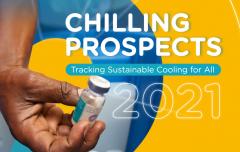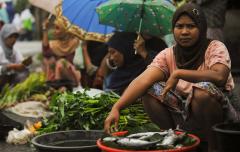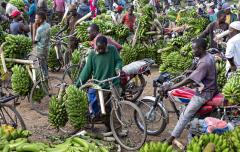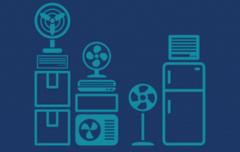Chilling Prospects: Access to Cooling Indicators
According to our Chilling Prospects 2021 report, 1.09 billion people are at high risk due to lack of access to cooling and a further 2.34 billion lack access to clean and efficient cooling. Explore indicators such as temperature, income, electricity access, undernourishment and vaccine access that form the basis of our Chilling Prospects model.
Assess your specific access to cooling risk score and identify sustainable cooling solutions with the new Cooling for All Solutions Tool.
Climate and extreme heat
Countries and regions that experience the highest temperatures
Cooling access risks can be created or exacerbated by extreme heat. Higher temperatures increase the need for cooling to preserve human comfort and safety, the nutritional and economic value of food, and the safety of vaccines.
Source: World Meteorological Organization
Electricity access
| A lack of access to electricity is an important risk factor in high temperature environments. Without access to electricity, households are not able to run a fan, refrigerator, or air conditioner. Similarly, insufficient electricity access means electrical cooling cannot be relied on, particularly at moments of peak demand. |
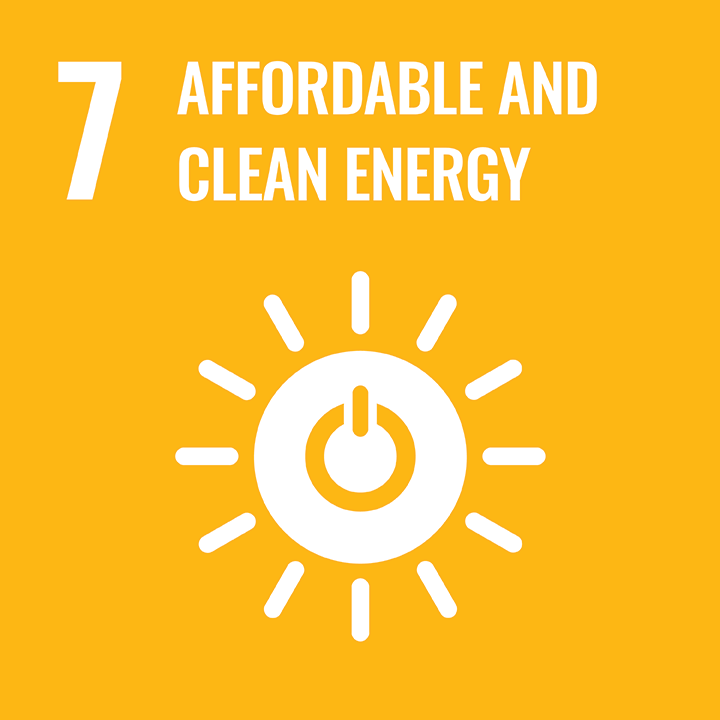 |
Poverty
| Living in poverty increases your cooling access risks in high temperature environments. At this level of income, households are unlikely to be able to purchase or maintain an electrical cooling device such as a fan or refrigerator. In some cases, these households also lack access to electricity necessary to power such devices. |
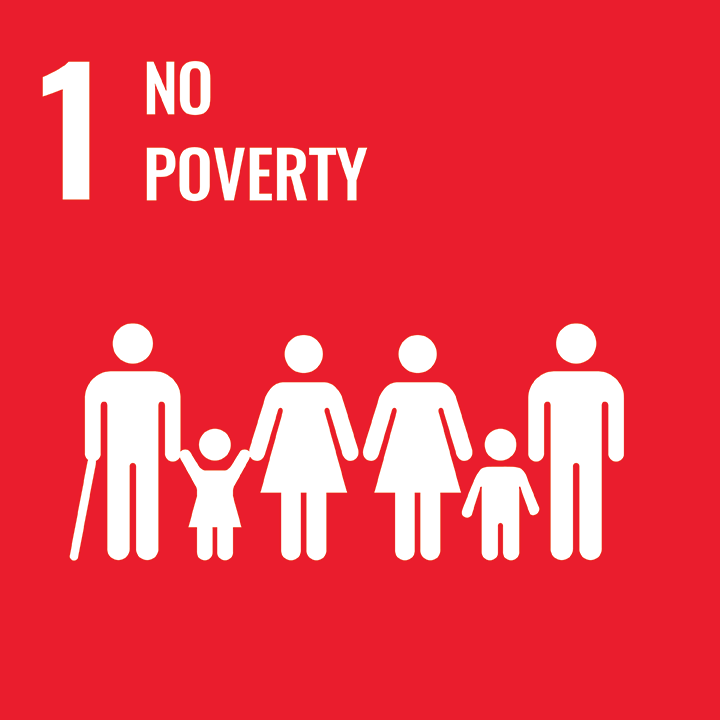
|
Undernourishment
| Undernourishment can result from a variety of factors, including poverty, a lack of access to energy, and living in ‘food deserts.’ A lack of access to cooling, in the form of broken agricultural cold chains and a lack of household refrigeration, is also an important risk factor that hinders the ability of people to purchase and store nutritious food products that require cooling. |
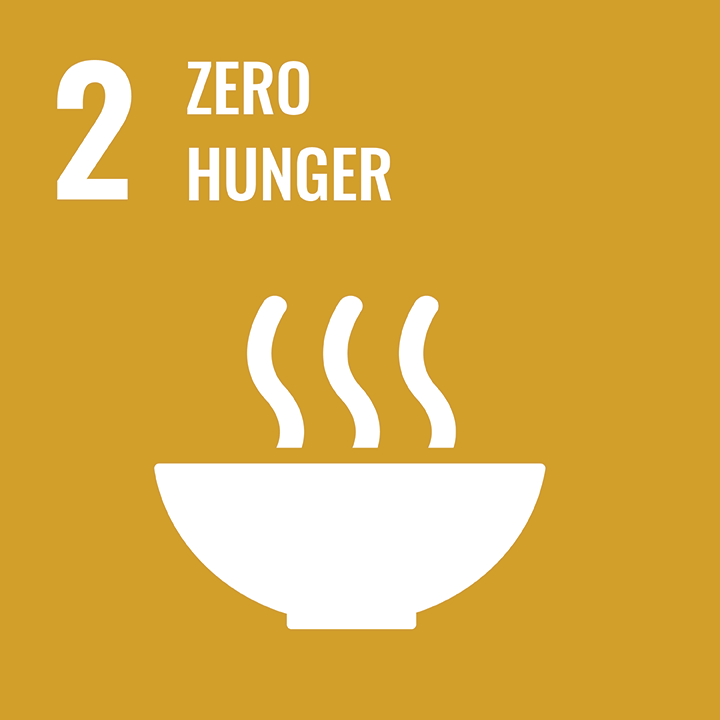
|
Food insecurity
| Food insecurity is associated with the inability to regularly eat healthy nutritious diets. Food products with higher nutritional value, including dairy, fruit, and vegetables, typically require cooling, and lack of access to household refrigeration would prevent families from being able store these goods for an extended period of time. |
 |
Vaccine coverage – Children
| Most routine vaccinations for children require temperature control between 2° and 8° degrees Celsius, meaning access to cooling is required throughout medical cold chains and at health centers where vaccines are administered. Broken or insufficient cold chains can expose vaccines to high temperatures that render them ineffective or contribute to greater vaccine wastage. |
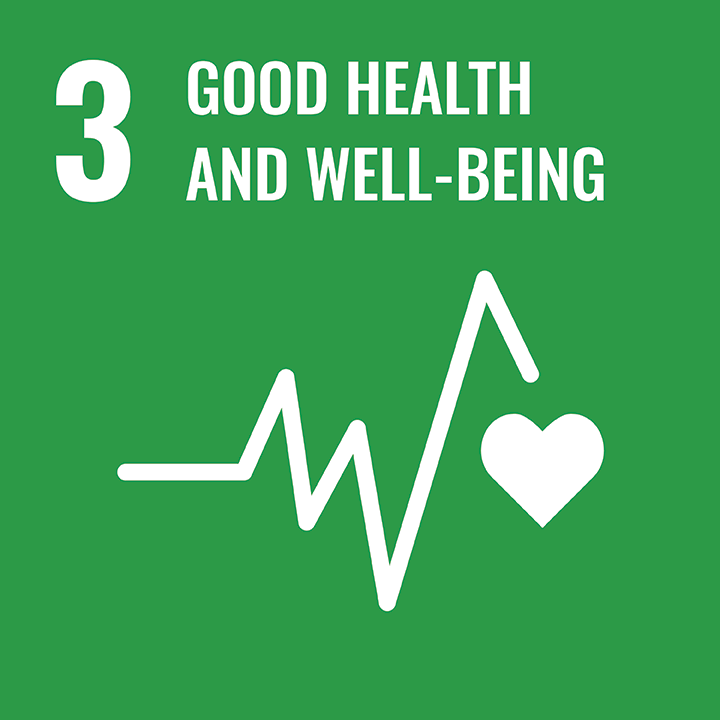 |
Vaccine coverage – COVID-19
It is the poor who face the most significant challenges in accessing a vaccine for COVID-19. Because COVID-19 vaccines require cold storage, access to sustainable medical cold chains is a serious issue of equity that underpins equal and fair access to them. As governments and NGOs develop distribution plans, cold chains support global vaccination efforts and can draw on the most sustainable solutions to build long-term resilience.
